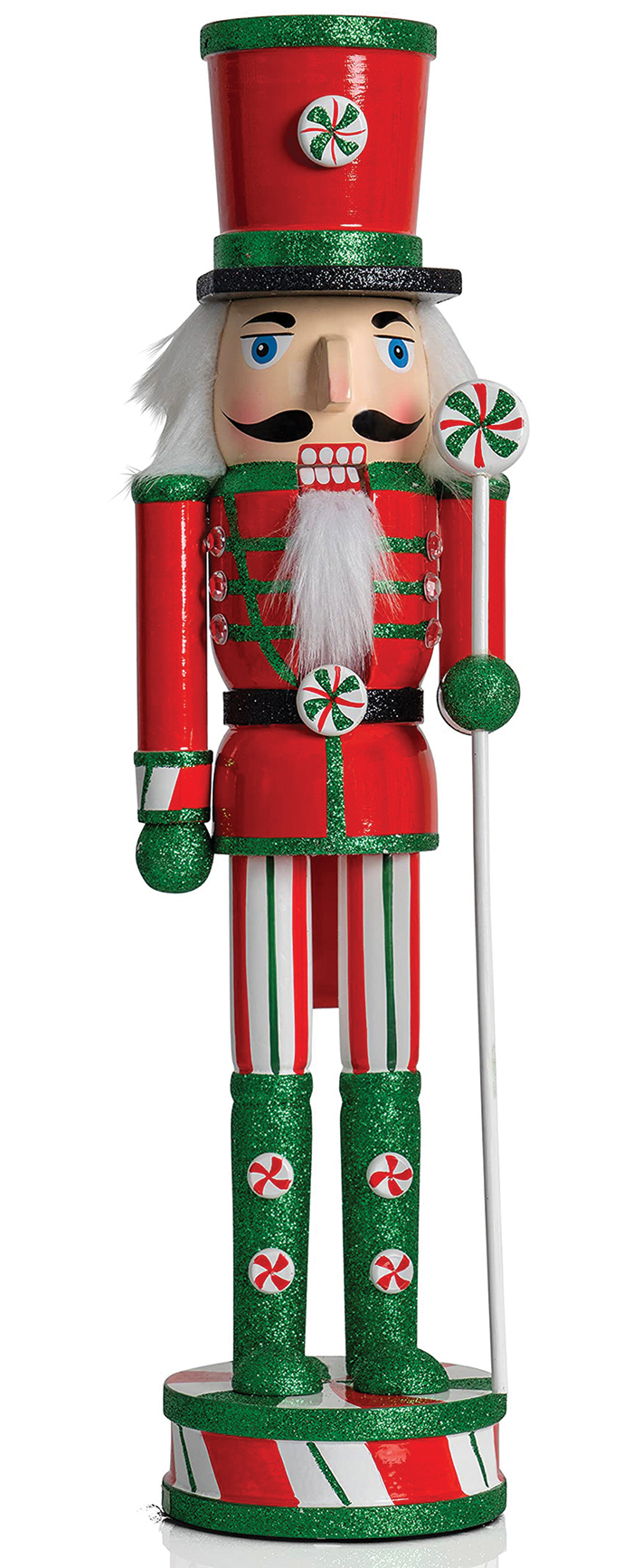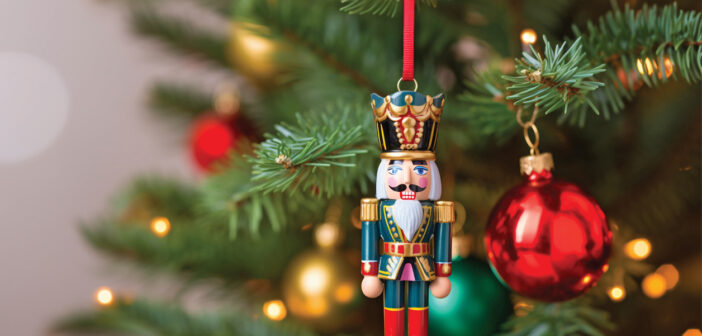Blending history, folklore and holiday cheer, nutcrackers capture the magic of the Christmas season like no other. People love to feature these cherished holiday icons as part of their festive decor – this writer included! Often seen as guardians, nutcrackers inspire confidence in their duty to ward off negativity and bring joy.
The tradition began in Germany, where the first nutcrackers were crafted as practical tools, eventually evolving into decorative figures often shaped like soldiers, kings and knights. Their designs symbolized strength, protection and good fortune, and in German folklore, they were believed to protect families from evil spirits and bring good luck.

Nutcrackers became popular Christmas decorations thanks to their bright colors and the festive holiday markets of Germany, where they were sold as holiday gifts. German immigrants brought this tradition to America in the late 1800s, and it gained widespread popularity after WWII when American soldiers stationed in Germany brought them back as souvenirs.
Tchaikovsky’s famous ballet *The Nutcracker* further cemented these figures as Christmas icons. Since 1892, audiences have been captivated by the story of Clara and her magical nutcracker, who whisks her away to a land of sweets. Based on E.T.A. Hoffmann’s The Nutcracker and the Mouse King, this beloved ballet has enchanted audiences worldwide, intertwining the nutcracker with holiday traditions, especially in Western culture.

Originally handcrafted in German workshops, each nutcracker was unique. Today, nutcrackers come in countless designs, from classic soldiers to modern pop-culture icons, adding a new twist to this age-old symbol.
Commonly placed near entryways as a symbol of good fortune, their stoic, enduring presence reminds us of protection, joy and tradition. Each nutcracker welcomes the holiday spirit into our homes, offering a delightful blend of nostalgia and cheer.

Commonly placed near entryways as a symbol of good fortune, their stoic, enduring presence reminds us of protection, joy and tradition.














